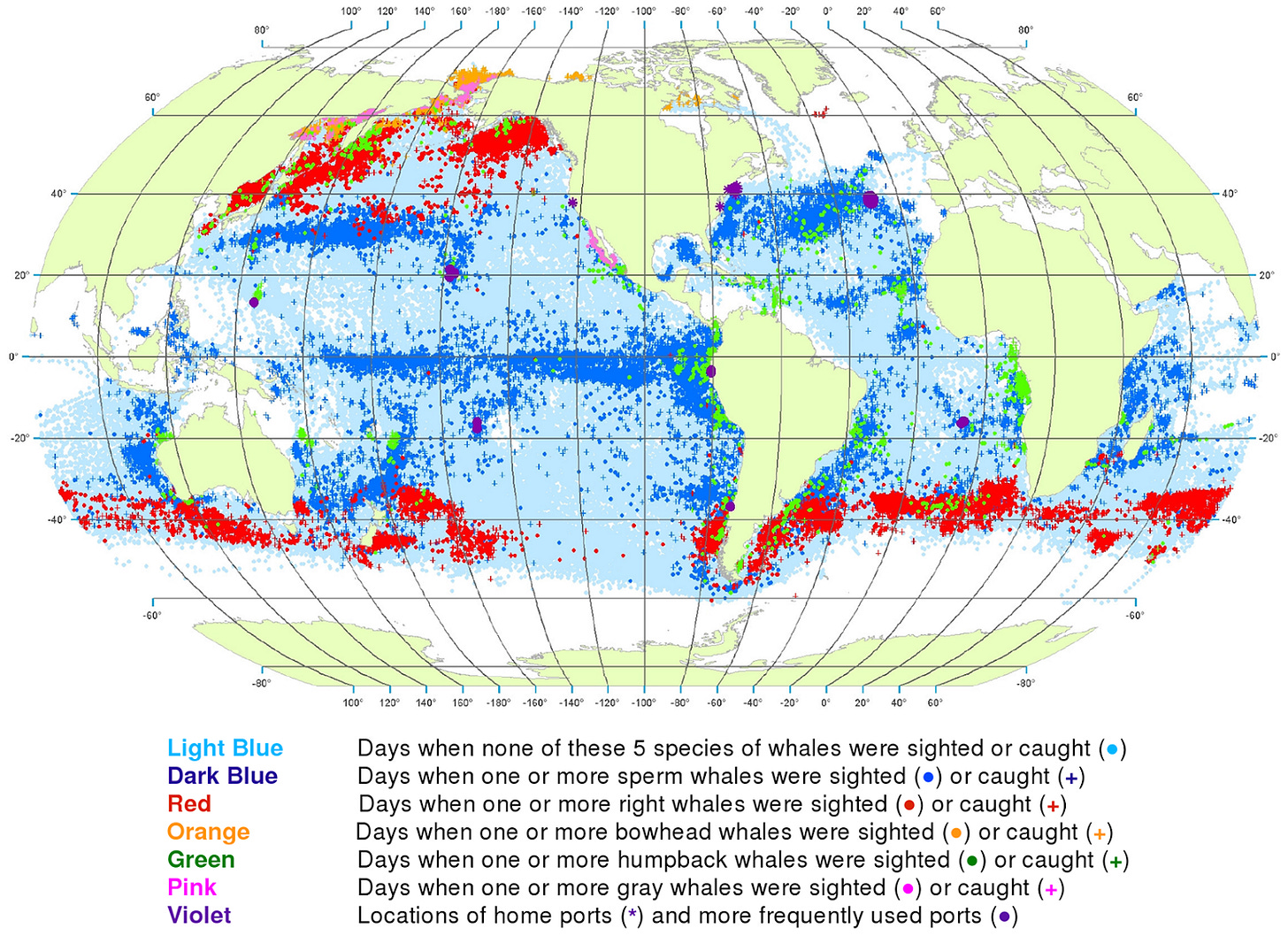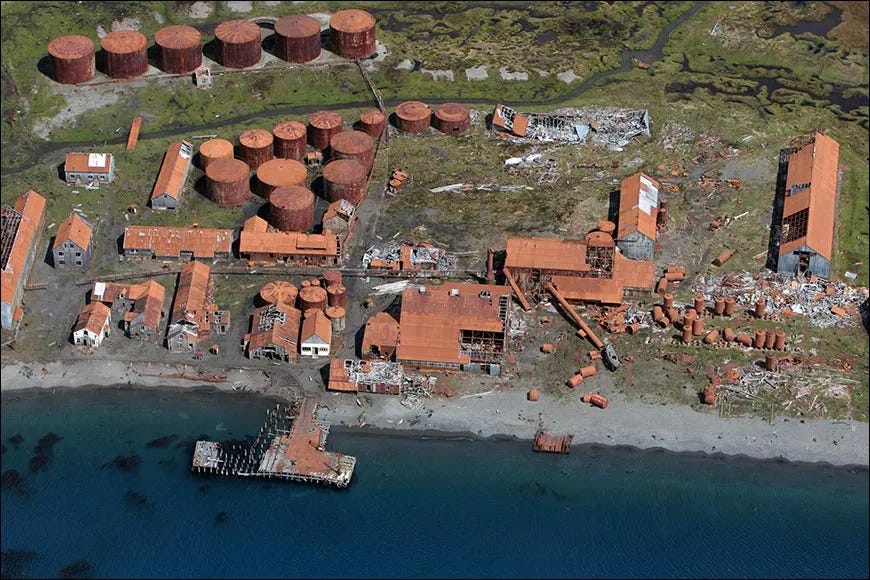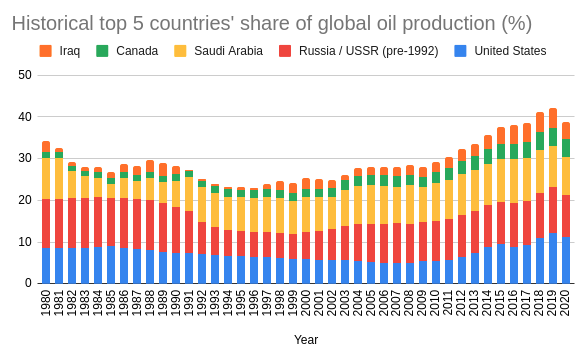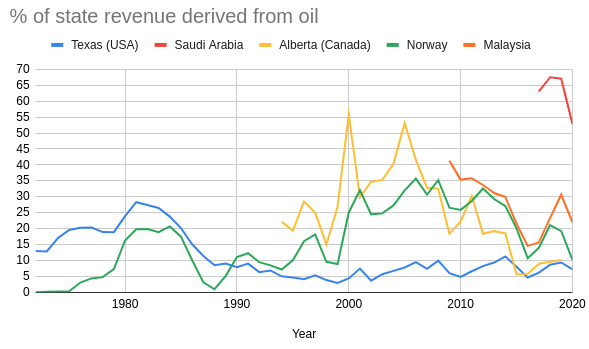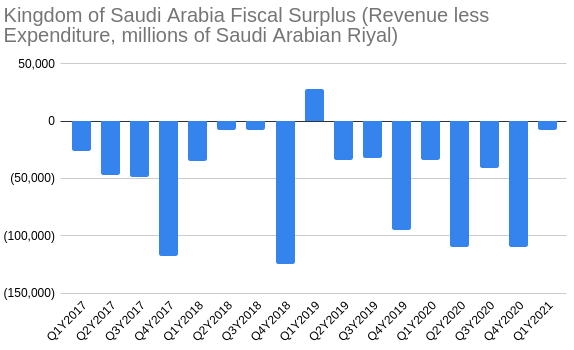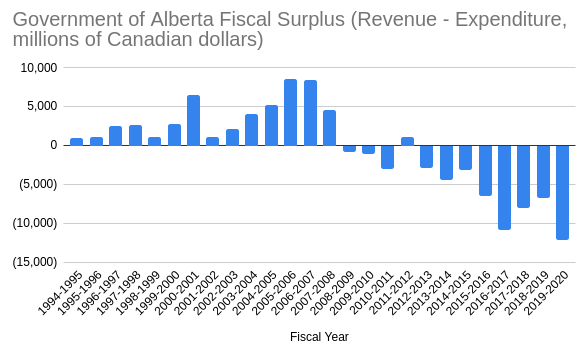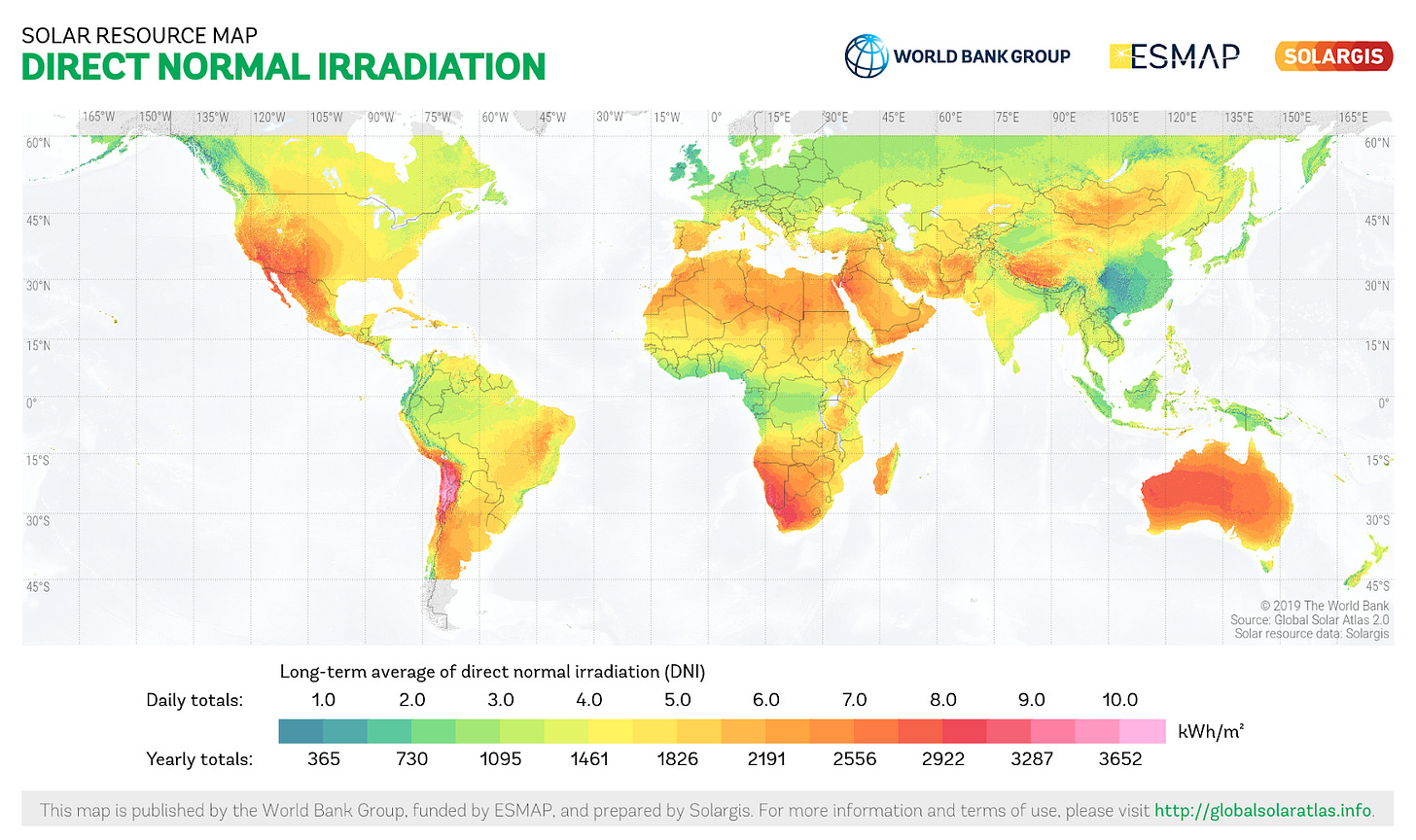Energy transitions - we’ve done it before, and we’re likely to do it again
Your dose of nonsense - Monday, 2021-06-07
Craving for an energy bar
In the previous newsletter, we discussed briefly how we humans have come to love energy sources that are densely packed, easy to obtain, transport and use.
To summarise that previous discussion:
Hunting animals for food can be unpredictable, while farming plants and animals is less so.
We collectively like more predictability in our lives, hence we typically chose the farming life.
But to make farming even more predictable, we needed to build farming infrastructure for irrigation, processing and distribution, etc.
But to build this infrastructure, we needed to permanently take a proportion of farmers out of the fields, and give some of them shovels to dig the irrigation canals, and give others pen and paper to manage the manpower and resources required for such a huge community-wide undertaking. This is an overhead in our food production chain, and requires us to justify such efforts by making sure that the outcome is worth more than the energies of the farming and “overhead” activities combined.
Having easy energy in the form of coal or oil is great at helping us make that decision in this cost-benefit analysis.
But as you probably know well, this is just my own oversimplification of how we humans have historically made energy investment decisions.
But perhaps we can draw a corollary from that train of thought - every step of that process in the five points above is just our means of getting our hands on more energy-dense sources of energy. Sunlight is not very energy dense. That’s probably why plants don’t move that much. We hunt animals because they eat a lot of plants and accumulate all that energy within their bodies in one convenient moving package.
When we moved to farming, we needed a way to make our plant-based food more energy dense. Hence we invented tools to dehusk grain (to remove the less nutritious parts, leaving us only with the more energy-dense parts), and to mill into powder in the form of flour (for easy storage and shelf-life).
In other words, if an energy source is dense enough, the cost-benefit analysis tips in favour of us going through all that effort, intermediary processes and overheads to obtain it.
So consider this possibility of an exception to point number 1 in the list at the very top - what if there is a wild animal that is so extremely densely-packed enough with energy, that even if you had to spend weeks or months hunting for one of it, the energy gains if you caught one would still be worth it?
Well, these animals are called whales. And we humans nearly hunted them to extinction for the express purpose of their extremely calorific bubbler.
It was a truly global operation. Many whaling stations were built on any remote island that was big enough to hold a beached whale while it was processed. And many more ships were built to travel out to scour every body of water large enough to contain whales.
Don’t believe me? Well, below is a map of all whale sightings and captures from a sample of American whaling voyage logs from 1780 to 1920. The dots are everywhere:
Source: Spatial and Seasonal Distribution of American Whaling and Whales in the Age of Sail
And we literally went to the far ends of the Earth to build whaling stations. For example, here’s one near Antarctica, in the British Overseas Territory of South Georgia:
Source: Google Maps
Yes, that was how energy-dense whales were. So much so that we humans built a whole global business around it.
What happened to all the whaling then?
Well, I guess many things contributed to the downfall of whaling, chiefly:
We have nearly hunted whales to extinction, making whaling harder and more expensive;
We have products like kerosene, which is both a superior product (roughly the same energy density as the most energy-dense parts of the whale, but it doesn’t make your room smell like fish), and a cheaper product.
So what happened to communities that made a living off this trade? Have we actually dumped out all the infrastructure and ships used in this business.
Well, the larger cities turned out fine. We still have cities like London and Boston around. Their economies are very much agnostic to the types of fuels being used - just as long there’s something to burn, they will survive.
But for the communities whose entire livelihoods depended on whaling, sadly, they didn’t fare well.
For example, here are what the whaling stations on South Georgia look like today:
Source: GSGSSI
Source: GSGSSI
The point I’m trying to make here, if it’s not obvious enough already, is that economies that are flexible or agnostic enough to adapt to the economy would turn out fine.
(For the really nice looking photos, take a look at these published by the Guardian. You can see that the seals have reclaimed these towns.)
So which regions today are susceptible to changes in the energy landscape?
Here are the current top 6 oil producers in the world:
Source: US Energy Information Administration
Source: US Energy Information Administration
Now naturally, each of these countries would have their own abilities to transition to a world that is increasingly aspiring to decarbonise.
Without delving into the details, one could probably hypothesise to a degree of accuracy that countries like the US, Canada and China would fare well. But you see, the US and Canada are pretty geographically big countries. So while on aggregate, the whole country might be fine, the regions within them that currently derive a large part of their economy from the oil industry may be the areas where this energy transition (if it happens) is going to be the most challenging.
So for the US, I’m going to focus on the state of Texas, which produced 43.0% of the US’s total oil production in 2020. As for Canada, I’m going to focus on the province of Alberta, the province with the highest oil reserves. I’m not going to look into China as it’s slightly challenging to get data on this topic. But I’m going to add Norway, the European country that’s famous for its large oil production that is used to fund its welfare state; and Malaysia, which has the state-owned oil company Petronas, which also sponsors the pinnacle event that celebrates the burning of hydrocarbons - Formula 1 (via the Mercedes-AMG Petronas F1 team), and who also so happen to have readily published data.
I’m going to use the money received by their respective governments from oil and gas production as a percentage of all government income (e.g. income tax) as a metric of how reliant these states are on oil money for providing public services.
Sources: Texas Comptroller of Public Accounts; Ministry of Finance of the Kingdom of Saudi Arabia; Government of Alberta; Norsk Petroleum; Ministry of Finance of Malaysia.
On the high end, we have Saudi Arabia, whose government relies on oil production revenue for 57% of its total revenue in Q1Y2021. This is followed by Malaysia, which relies on 22% in 2020. Norway is at 10.2% for 2020; Alberta at 10.17% for the fiscal year 2019-20; and Texas at 7.24% for 2020.
Over the past few years, we can see that their states’ reliance on oil revenues has decreased over time (which is directionally correct from a decarbonisation point of view?). But for the governments of Saudi Arabia and Malaysia, they still look extremely reliant.
And mind you, Saudi Arabia’s, Malaysia’s and Alberta’s governments have been consistently running a fiscal deficit, i.e. their governments are spending more money than they have collected:
Source: Ministry of Finance of the Kingdom of Saudi Arabia
Source: Government of Alberta
Wait, if you said sunlight isn’t energy dense, then why are we looking into solar?
Well, two main reasons:
Solar cells don’t emit carbon dioxide during operation (the manufacturing and disposal parts of its lifecycle, however, still aren’t).
That’s my oversimplification. The reality is that plants just aren’t all that efficient at turning solar energy into biomass.
How is this so? Well, you and I see plants as the colour green, right? That means that the plant is absorbing the sunlight, and reflecting back green light. This reflected green light is what our eyes pick up, hence, we see plants as green.
But if you break sunlight down into its various colours, you’ll see (no pun intended) that this is actually the most intense bit of sunlight (i.e. “the colour with the most energy”):
Source: Oregon State University
This is partly the reason why plants don’t have the best conversion efficiencies. (Why do they reject green light? I have no idea. Maybe it’s to prevent overloading its biological photosynthetic processes within).
So how efficient are plants? Contentious, but peak average efficiency in ideal conditions is probably somewhere between 4.6% to 8%. This low efficiency also means that plant-based biofuels have this problem - you need a lot of plants to create a gallon of biofuel. (Some hope that algae-based biofuels would be better than this).
Solar panels, by virtue of design, are meant to get as much energy as they can get from most, if not all, of the intense parts of the electromagnetic spectrum. Currently, the average efficiency for commercial models is between 15% to 18%. Okay, it isn’t a whole lot better, but I guess people are still working on it. At the very least, solar panels need a lot less water to operate than to grow plants for biofuel.
So, the good news for places like Saudi Arabia and Texas (current politics notwithstanding) is that there’s plenty of sunlight there:
Source: © 2019 The World Bank, Source: Global Solar Atlas 2.0, Solar resource data: Solargis.


